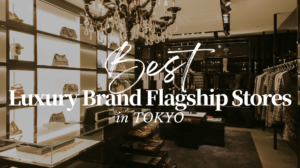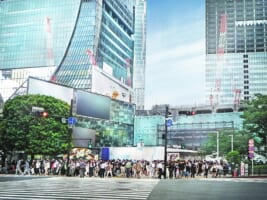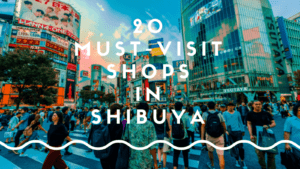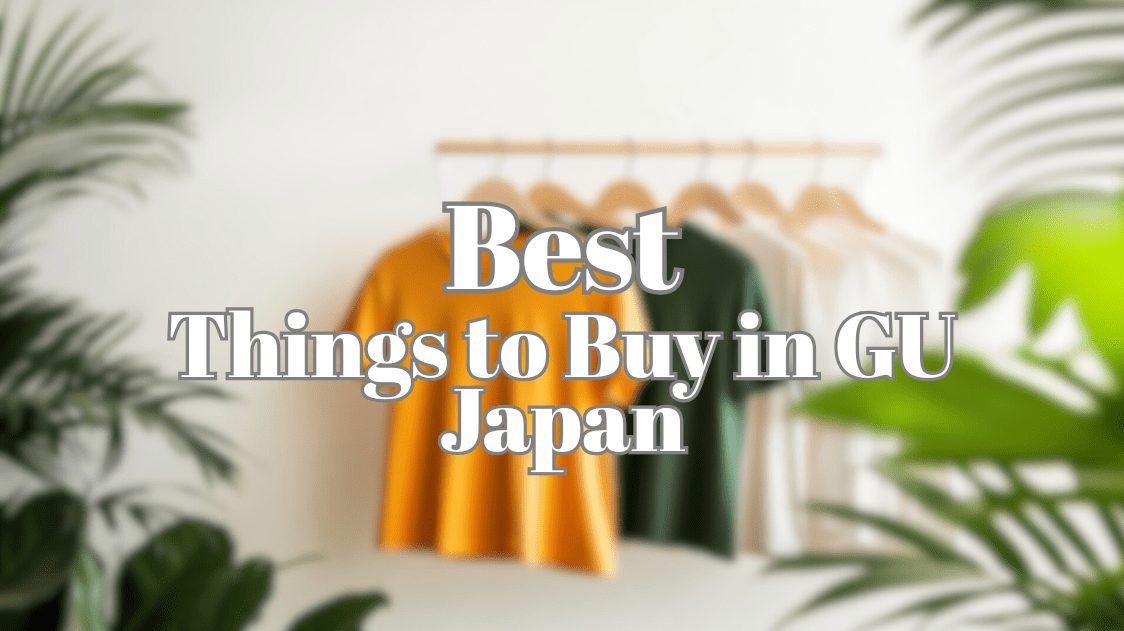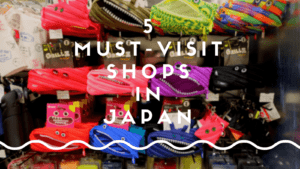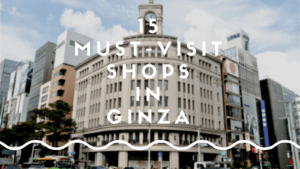Japanese Street Fashion: Popular Brands in Japan
Exploring the Best of Japanese Street Fashion: Brands, Styles, and Shopping Destinations

Exploring Japan’s unique and exciting streetwear scene can be a wild ride. Japanese street fashion has always been ahead of the curve, setting trends and pushing boundaries. It’s an expression of creativity and individuality against the push for normativity from the most traditional sectors of the country, which in the process has captured the attention of fashion enthusiasts all around the world.
In this article, we’ll be taking a closer look at some of the most striking fashion tendencies as well as some of the most popular streetwear brands in Japan, so you can unleash your inner fashionista and perhaps, find your next favorite brand!
What is Street Fashion in Japan?
In any developed country, street fashion is a vibrant and ever-evolving culture that is closely tied to the country’s youth and subcultures, and Japan is no different in that regard. Unlike high fashion, which is often associated with luxury and exclusivity, street fashion is meant to be accessible and approachable, even in the case of some of the most outlandish Japanese manifestations of it. We can see it on the streets of major cities like Tokyo, Osaka, and Kyoto.
Modern Unique Japanese Street Fashion Styles
These modern street fashion styles can often be a fusion of traditional and contemporary elements that are inspired by various subcultures and fashion movements. Each one of them shouldn’t be understood as completely isolated from the others, as cross-influences are also part of the evolution of different aesthetics. These are some of the most popular modern styles that have emerged from the streets of Japan:
Kawaii: Tenderly Cute With a Spin
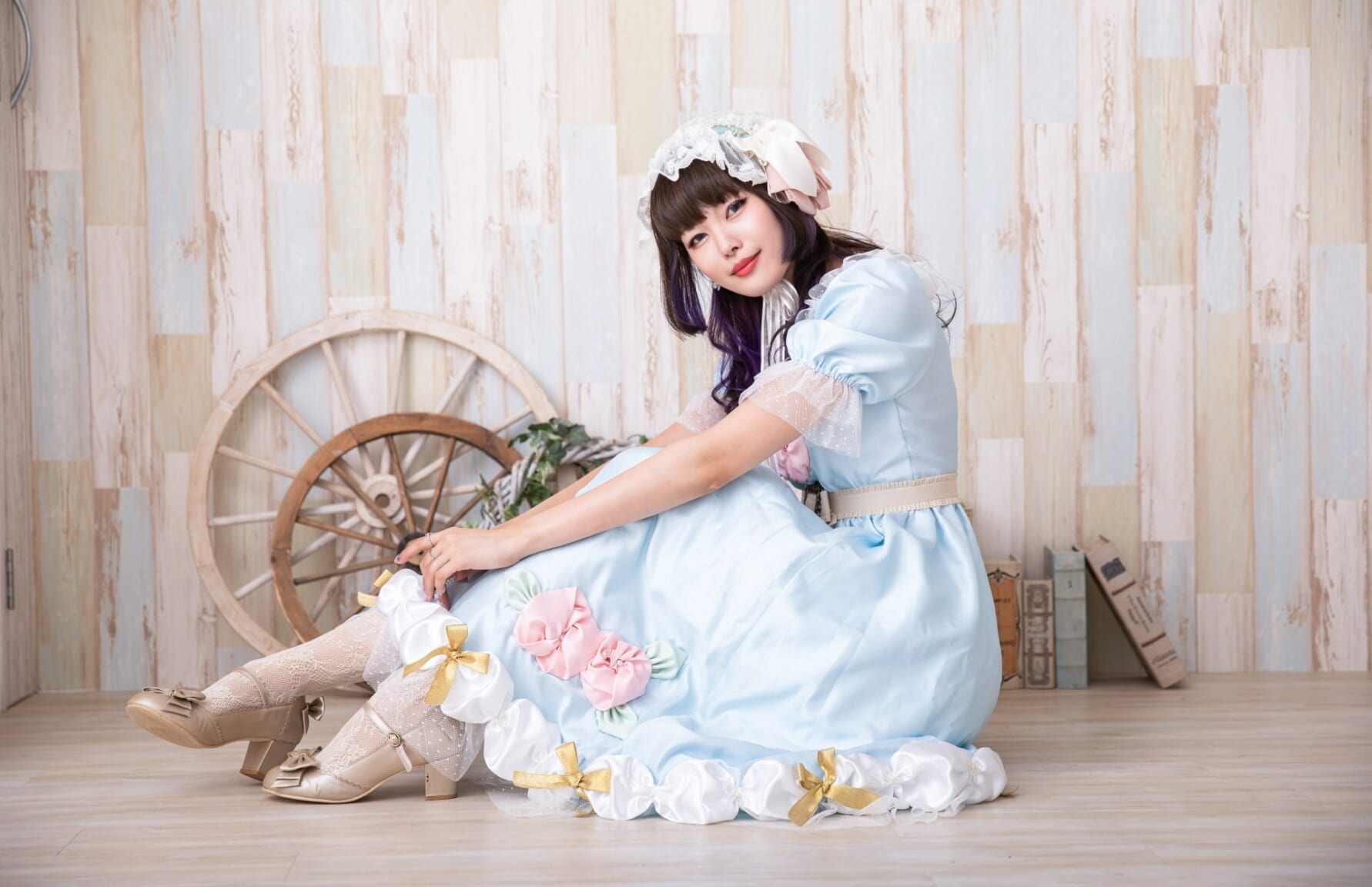
It started in the 1970s as a rejection of cultural norms and expectations placed on women in Japan, so it tends to be popular with girls and young women in Japan, who also use Kawaii-like accessories such as plushies, hairpins, and backpacks.
This style might suit you if you have a soft spot for all things cute and aren’t afraid to embrace a youthful, playful look.
Lolita: No Shortage of Laces
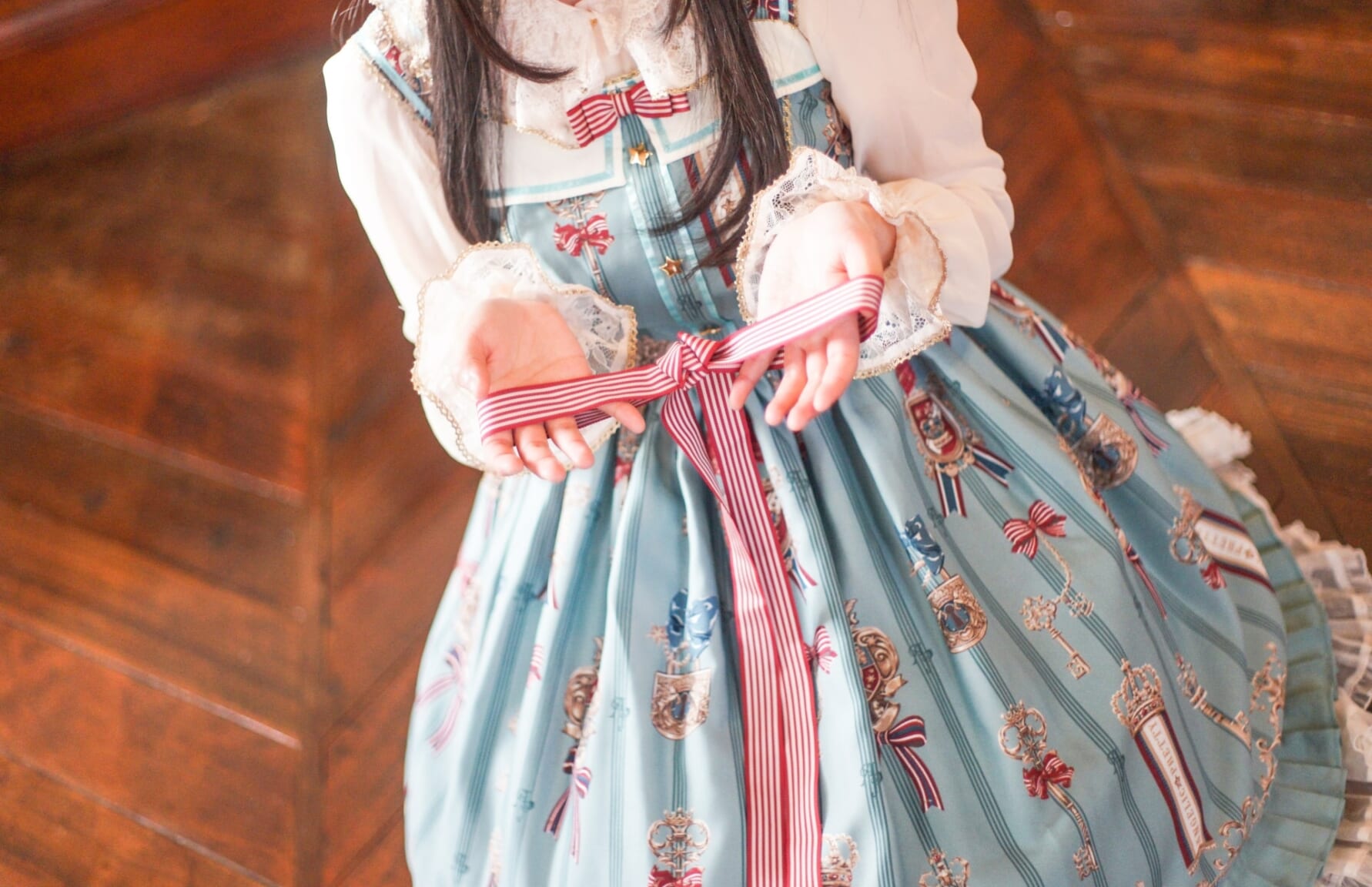
This style features full skirts, lace, and ribbons, often paired with knee-high socks and Mary Jane shoes. Lolita fashion has several sub-styles, including Gothic Lolita, Sweet Lolita, and Classic Lolita. Lolita girls can be seen wearing these styles to events such as tea parties and cosplay events.
This style might suit you if you’re drawn to the elegance and intricacy of the Victorian era and Rococo aesthetic.
Gyaru: Anything But Plain
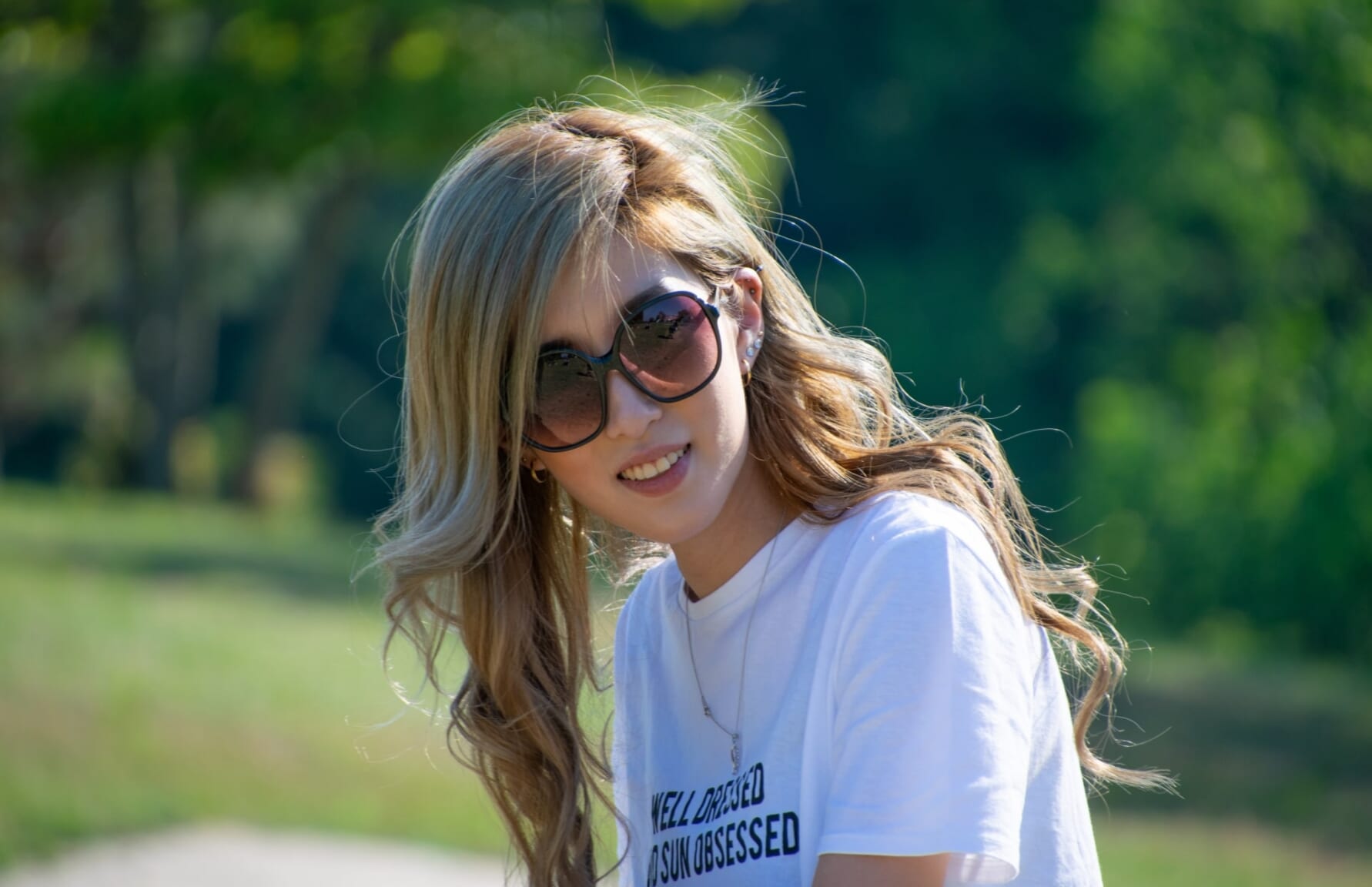
The result seeks a stark contrast to the Japanese beauty standard of black hair and pale skin. Gyaru fashion is characterized by its tight-fitting clothing, short skirts, and platform shoes, often coupled with a range of accessories such as fake eyelashes, nails, and jewelry.
This style might suit you if you’re all about making bold fashion statements and aren’t shy about experimenting with your look.
Visual Kei: Taking Glam Rock for a Ride

Visual Kei is a style that originated in the 1980s and is all about creating a dramatic and edgy look, inspired by Glam Rock aesthetics. This style features colorful and elaborate hairstyles, heavy makeup, and flamboyant clothing.
Visual Kei fashion is often inspired by rock and metal music and is popular among young people in Japan who are into the music scene, and as such it appeals to both young men and women. This style is all about making a statement and standing out from the crowd.
This style might suit you if you have a flair for the dramatic and a passion for rock and metal music.
Decora Kei: The More, The Merrier
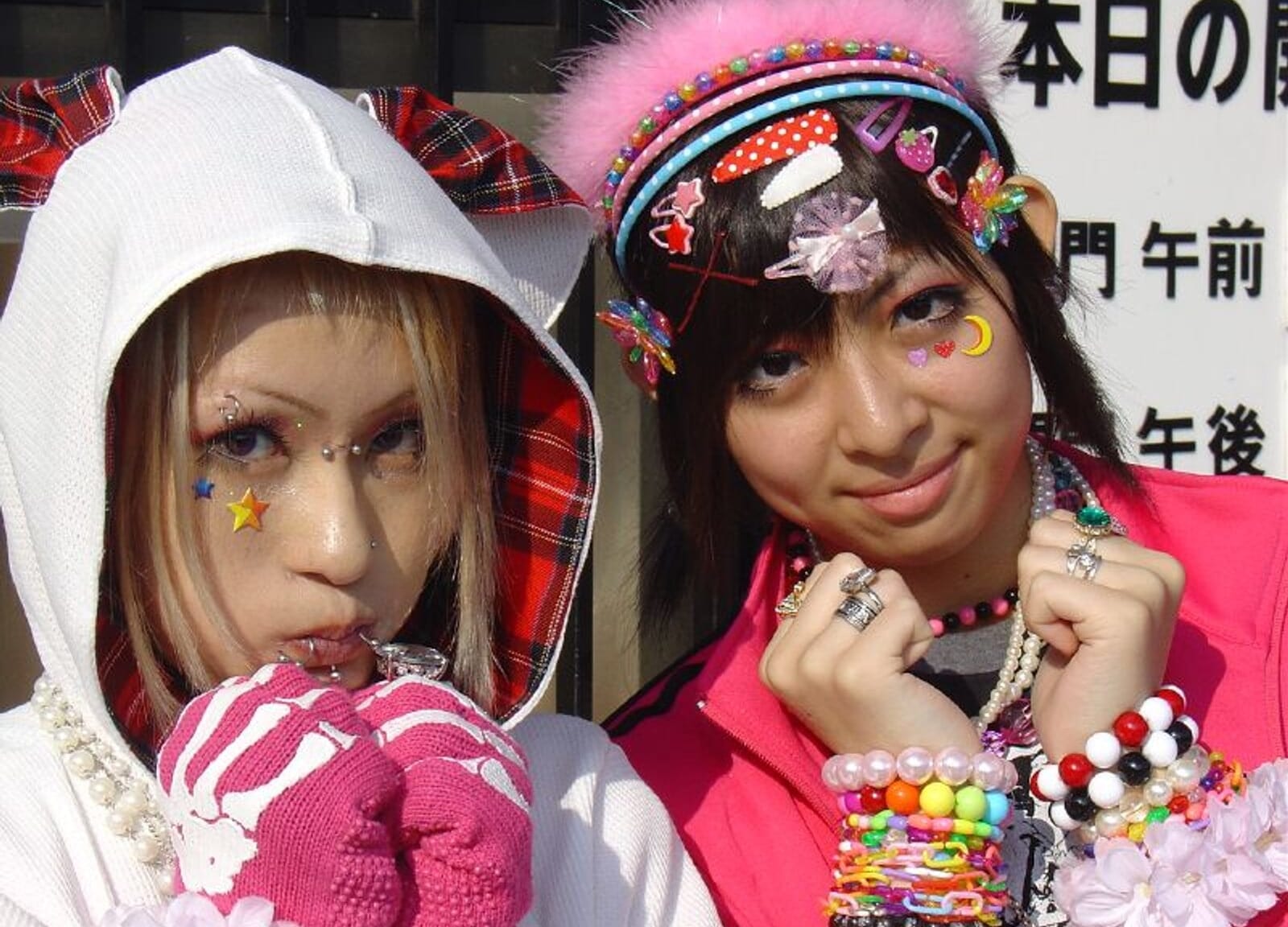
Decora Kei is a style that is all about creating a colorful and playful look. This style features bright colors, bold patterns, and a lot of accessories. Decora Kei fashion is characterized by its use of stickers, badges, and colorful hair clips, all at once if possible.
It’s impossible to miss and you will know exactly the moment you spot one of these amid an explosion of glitter and color. Decora Kei is all about having fun and expressing your unique personality through your fashion choices.
This style might suit you if you believe more is more when it comes to accessories and love vibrant colors and patterns.
Popular Japanese Street Fashion Brands
These are some of the hottest Japanese streetwear brands:
Comme des Garçons
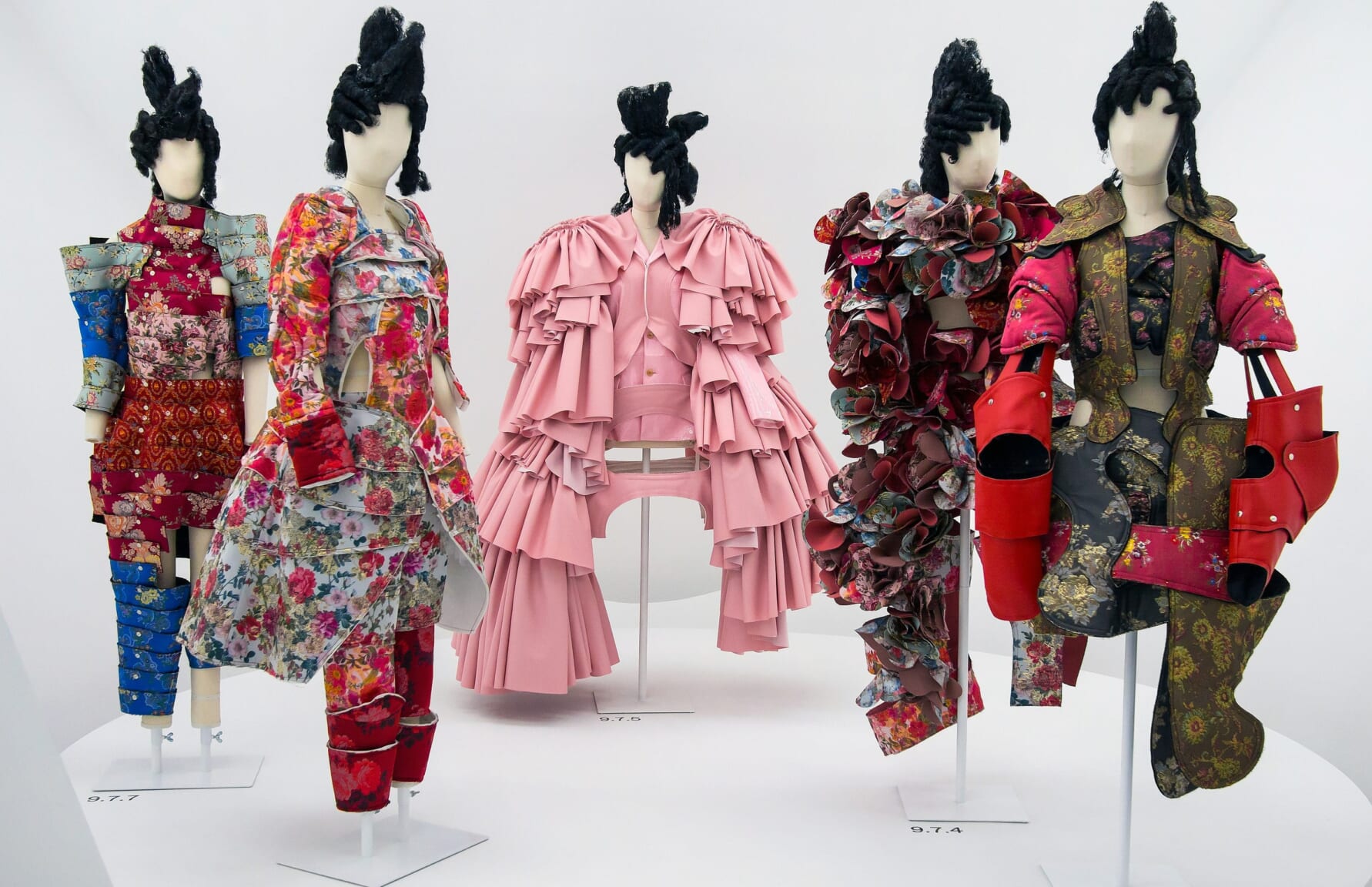
Created by the innovative fashion designer Rei Kawakubo, Comme des Garçons is a high-end fashion brand that was founded in Tokyo in 1969. The brand is known for its avant-garde designs, experimental cuts, and unique prints. Comme des Garçons has been at the forefront of the Japanese fashion scene for decades, and its designs continue to inspire and push boundaries.
▶ Comme des Garçons official website https://www.comme-des-garcons.com/index.html
A Bathing Ape
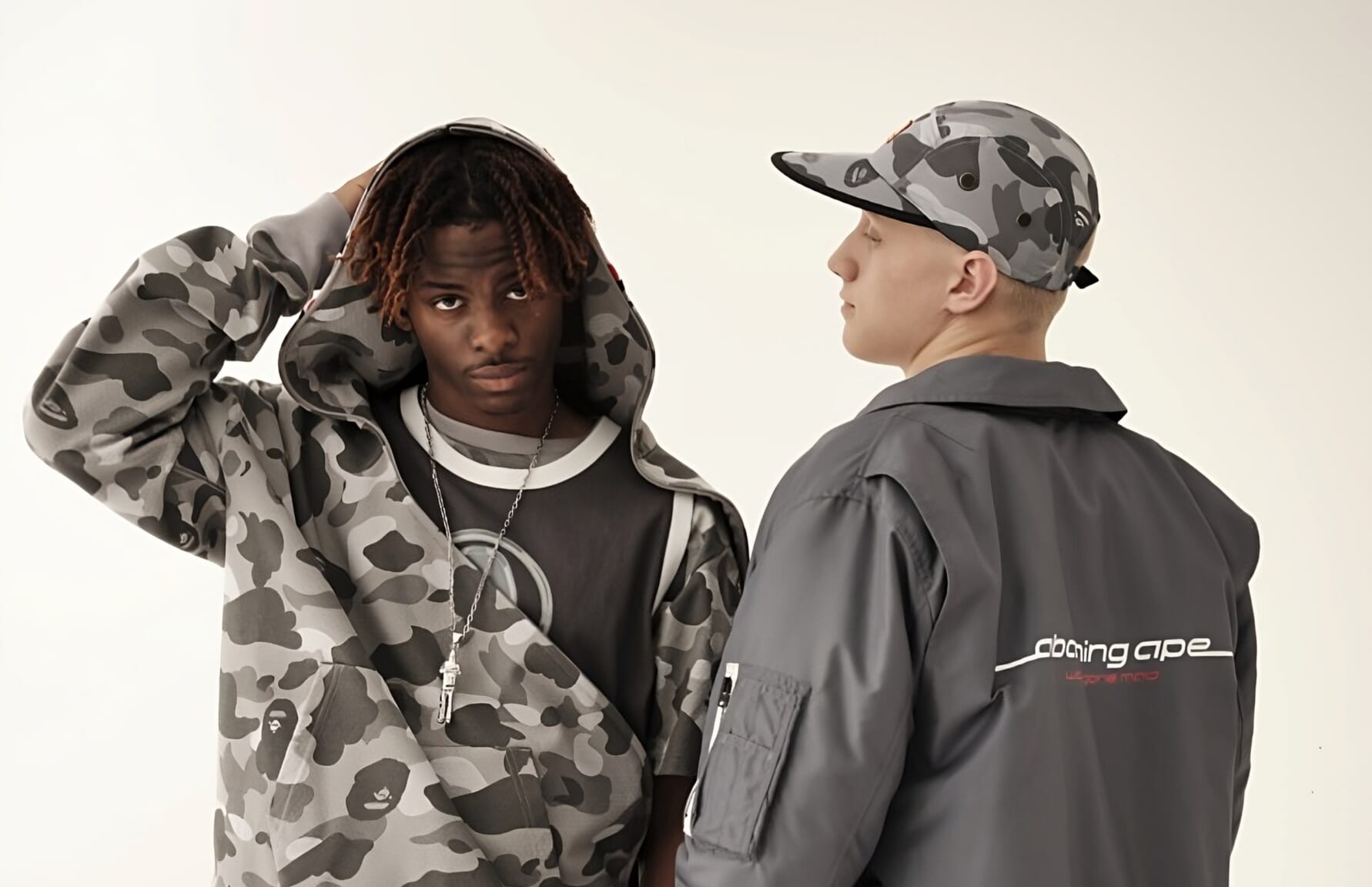
A Bathing Ape, also known as BAPE, is a Japanese streetwear brand that was founded in 1993. The brand is known for its bold graphics, camouflage prints, and iconic ape logo. A Bathing Ape has collaborated with several big-name brands over the years, including Adidas and Coca-Cola.
▶ A Bathing Ape official website: https://bape.com/
VISVIM
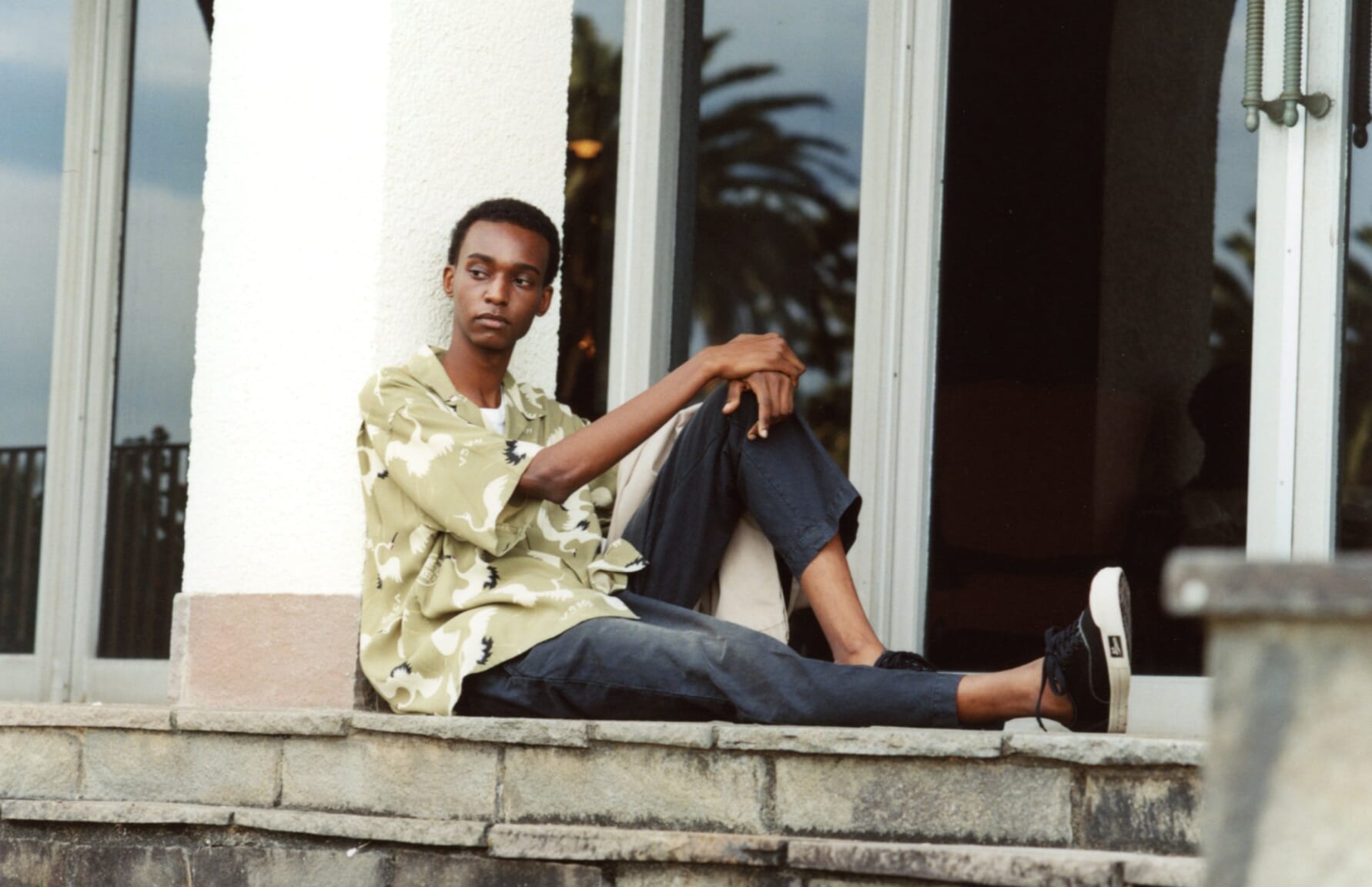
VISVIM is a Japanese fashion brand created in 2000 by Hiroki Nakamura. The brand is known for its high-quality materials, attention to detail, and unique designs. VISVIM is inspired by traditional Japanese clothing and craftsmanship, and its pieces are often a fusion of old and new.
▶ VISVIM official website: https://www.visvim.tv/
WTAPS
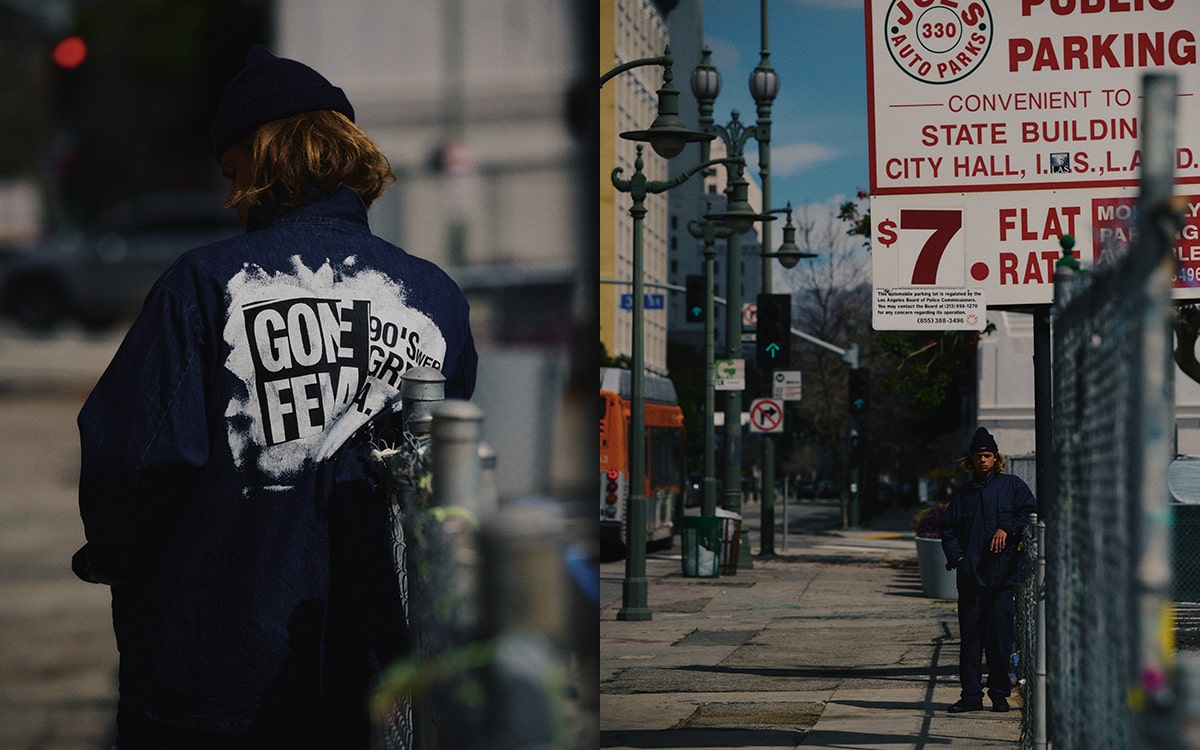
WTAPS is a Japanese streetwear brand that was founded by Tetsu Nishiyama in 1996. It draws inspiration from military and workwear aesthetics, resulting in a collection of utilitarian and stylish pieces. The brand’s signature aesthetic is characterized by rugged fabrics, bold graphics, and functional designs. From its iconic “WTAPS” logo to its bold camo prints, the brand’s designs are instantly recognizable and highly sought after.
▶ WTAPS official website: https://www.wtaps.com/
Neighborhood
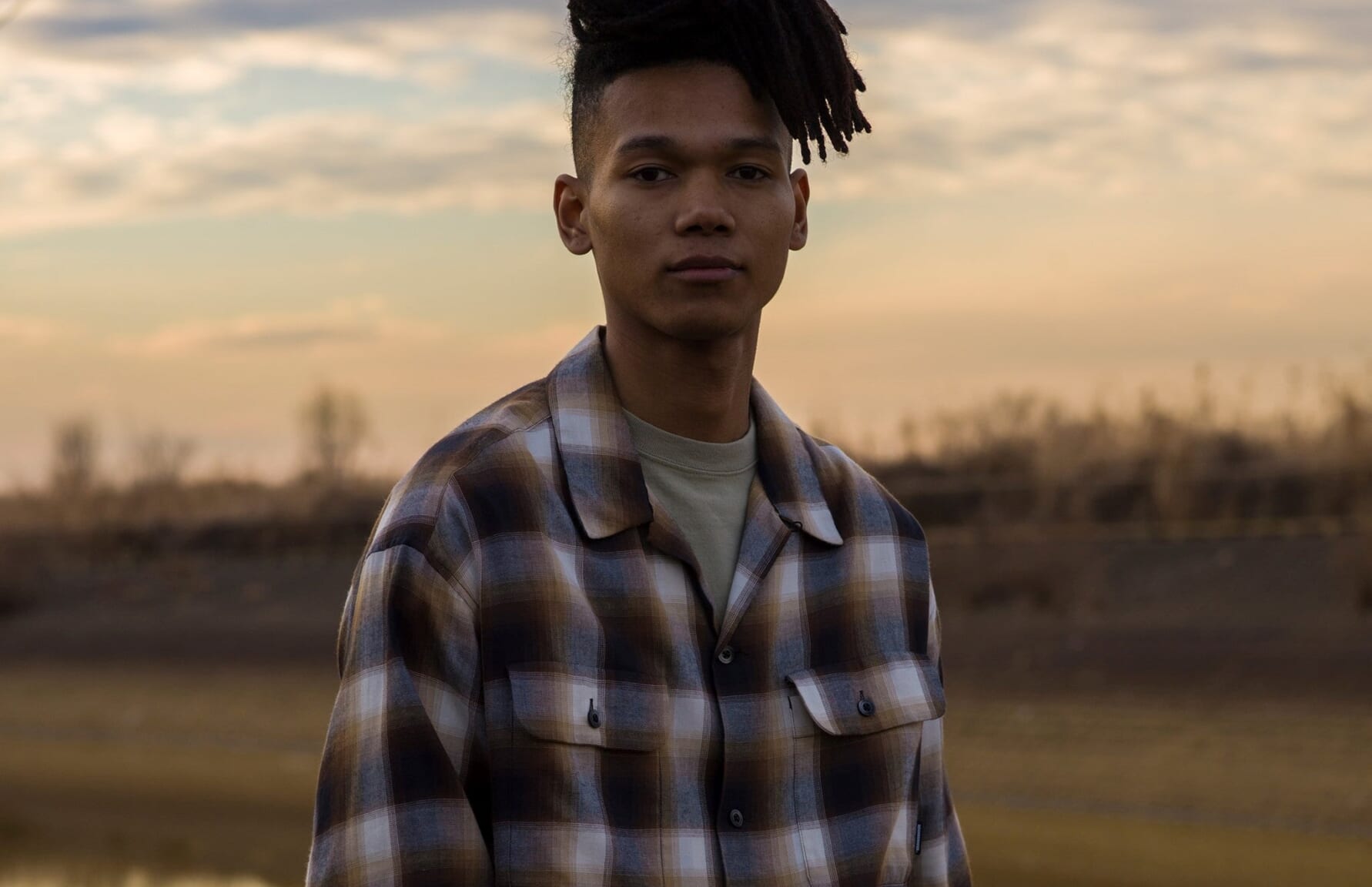
Neighborhood, founded in 1994 by Shinsuke Takizawa, is known for its edgy and rebellious style. Drawing inspiration from biker culture and punk rock, the brand’s designs often feature bold graphics and striking typography. Neighborhood is also known for its collaborations with other brands, including Adidas and BAPE.
▶ Neighborhood official website: https://www.neighborhood.jp/
UNDERCOVER
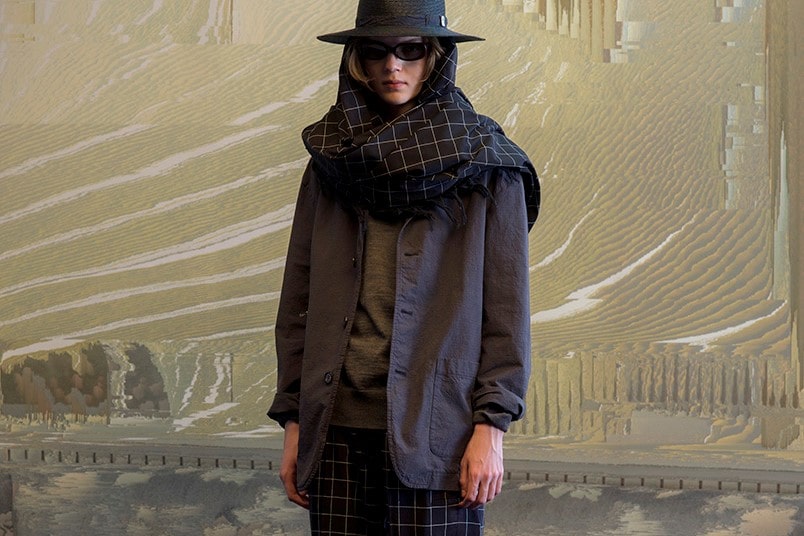
UNDERCOVER, founded in 1990 by Jun Takahashi, is one of the most influential brands in the Japanese streetwear scene. The brand’s designs are often characterized by a dark and moody aesthetic, with a focus on intricate graphics and unique silhouettes. UNDERCOVER has collaborated with several big-name brands over the years, including Nike and Converse.
▶ UNDERCOVER official website: https://undercoverism.com/
Yohji Yamamoto

Yohji Yamamoto is a Japanese fashion designer who founded his eponymous brand in 1981. The brand is known for its avant-garde designs, deconstructed silhouettes, and monochromatic color palette. Yohji Yamamoto has been a fixture in the Japanese fashion scene for decades, and his designs continue to inspire and push boundaries.
▶ Yohji Yamamoto official website: https://www.yohjiyamamoto.co.jp/en/
BEAMS
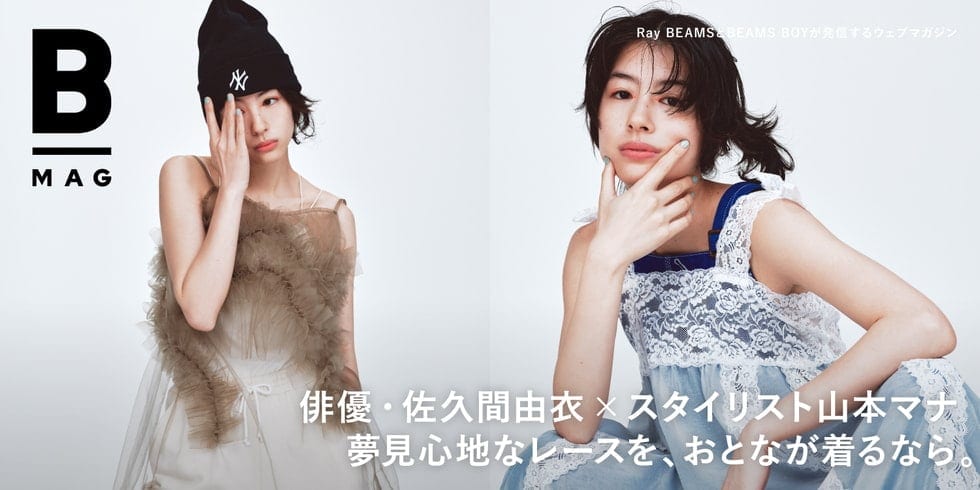
BEAMS is a Japanese fashion brand that was founded in 1976. The brand was inspired by American urban college aesthetics and is known for its casual, everyday wear designs that are perfect for the modern urban lifestyle. BEAMS has collaborated with several big-name brands over the years, including Levi’s and Disney.
▶ BEAMS official website: https://www.beams.co.jp/
HYSTERIC GLAMOUR
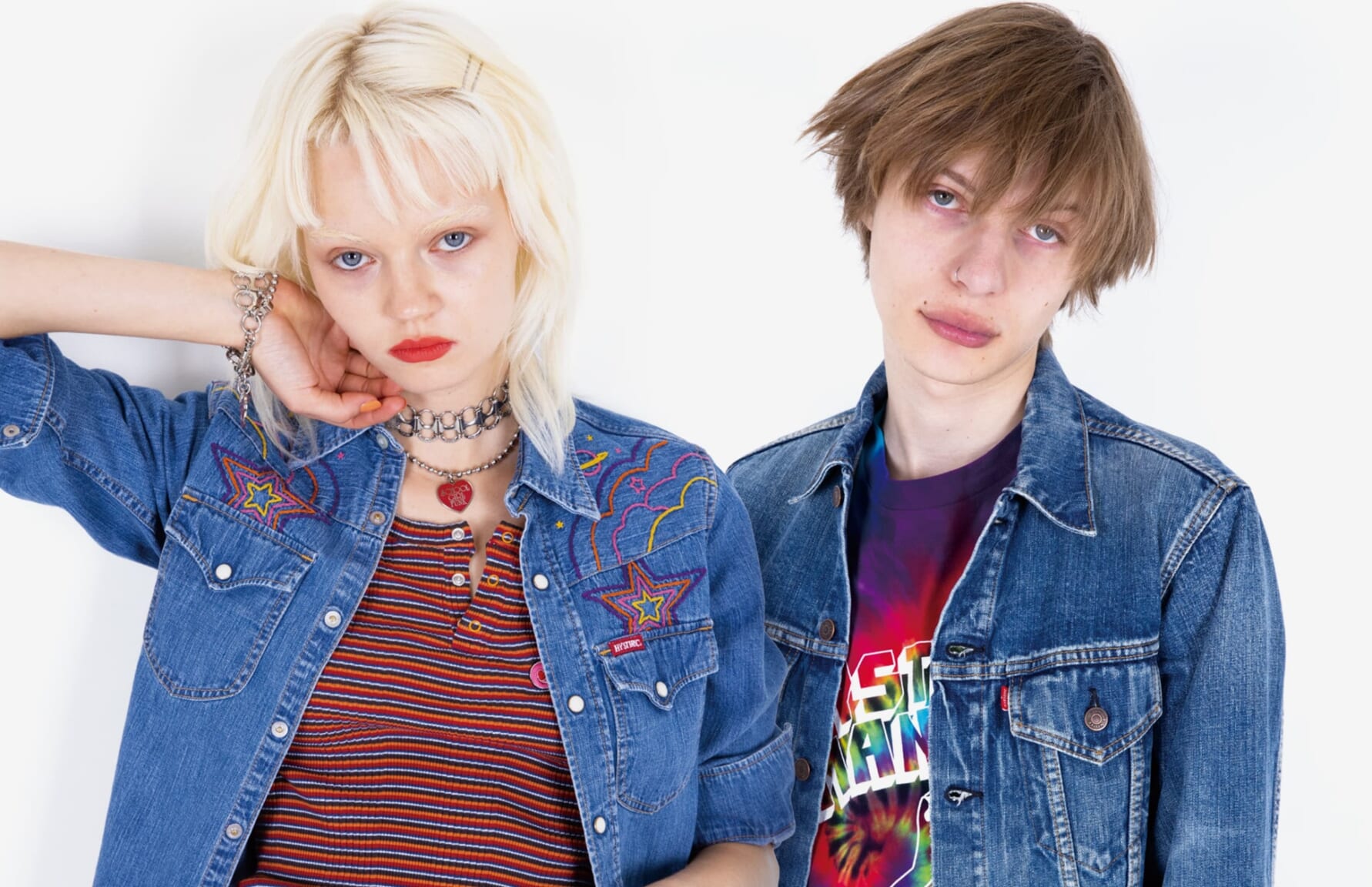
HYSTERIC GLAMOUR is a Japanese fashion brand that was founded by Nobuhiko Kitamura in 1984. The brand draws inspiration from a variety of sources, including punk rock, glam rock, and 1960s pop culture. The brand’s designs often feature bold graphics, bright colors, and playful typography, resulting in a fun and playful aesthetic.
▶ Hysteric Glamour official website: https://www.hystericglamour.jp/
FRAGMENT DESIGN
FRAGMENT DESIGN is a Japanese streetwear brand that was founded by Hiroshi Fujiwara in 2003. The brand is known for its minimalist designs, understated aesthetic, and clean lines. FRAGMENT DESIGN has collaborated with several big-name brands over the years, including Nike and Louis Vuitton.
Places to Go Shopping for Japanese Street Fashion
If you’re looking to get your hands on some unique and trendy Japanese street fashion, there are a couple of places that you simply can’t miss:
Harajuku: The Epicenter of Japanese Street Fashion

One of the most popular shopping streets in Harajuku is Takeshita Dori, which is lined with a variety of fashion boutiques, vintage stores, and trendy cafes. This is the go-to spot for all things Kawaii, with stores like Laforet Harajuku and 6% DokiDoki offering a variety of cute and colorful clothing, accessories, and beauty products.
If you’re looking for more avant-garde and high-end fashion, head over to Omotesando. This street is home to luxury brands like Prada, Louis Vuitton, and Dior, as well as more niche stores like Comme des Garçons and Yohji Yamamoto. The street is also famous for its architectural design, with many of the buildings featuring unique and eye-catching designs.
Shibuya: Youth Fashion and Trendy Styles
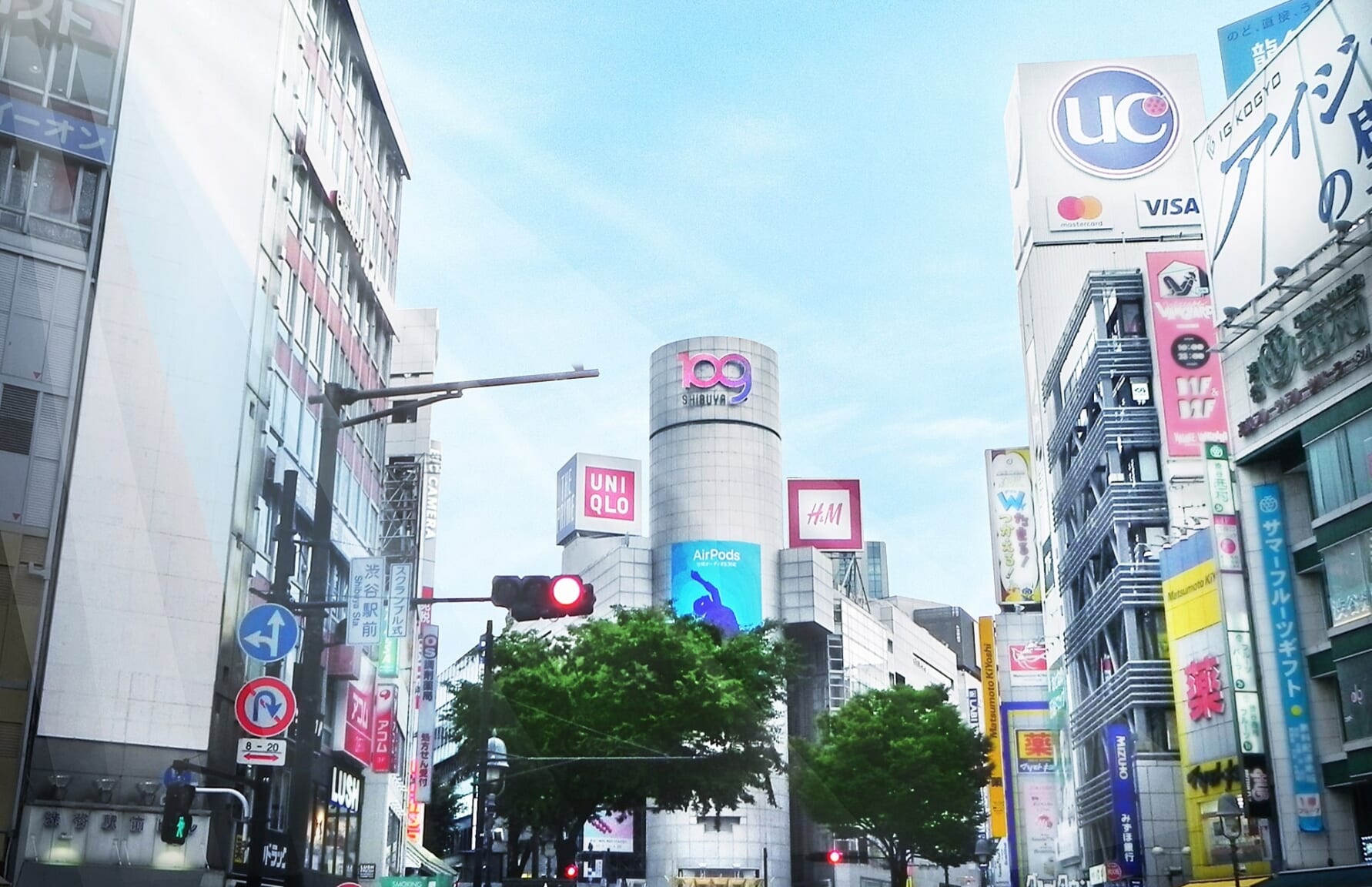
For a more upscale shopping experience, head over to the Shibuya Hikarie building. This multi-level complex is home to a variety of high-end fashion brands, as well as a selection of trendy cafes and restaurants. Other popular areas in Shibuya include the Center Gai shopping street, which is filled with a variety of fashion boutiques and accessory shops, and the Bunkamura-dori street, which is known for its vintage clothing stores.
Japanese street fashion is a vibrant and eclectic world that encompasses a variety of unique styles and subcultures, constantly evolving and pushing boundaries. If you are looking to explore and discover new trends, Japan is undoubtedly one of the world’s top destinations for fashion enthusiasts!
▽Subscribe to our free news magazine!▽
For more information about Japanese cultural trends, check these articles below, too!
▽Related Articles▽
▼Editor’s Picks▼
Written by
Photographer, journalist, and avid urban cyclist, making sense of Japan since 2017. I was born in Caracas and lived for 14 years in Barcelona before moving to Tokyo. Currently working towards my goal of visiting every prefecture in Japan, I hope to share with readers the everlasting joy of discovery and the neverending urge to keep exploring.






